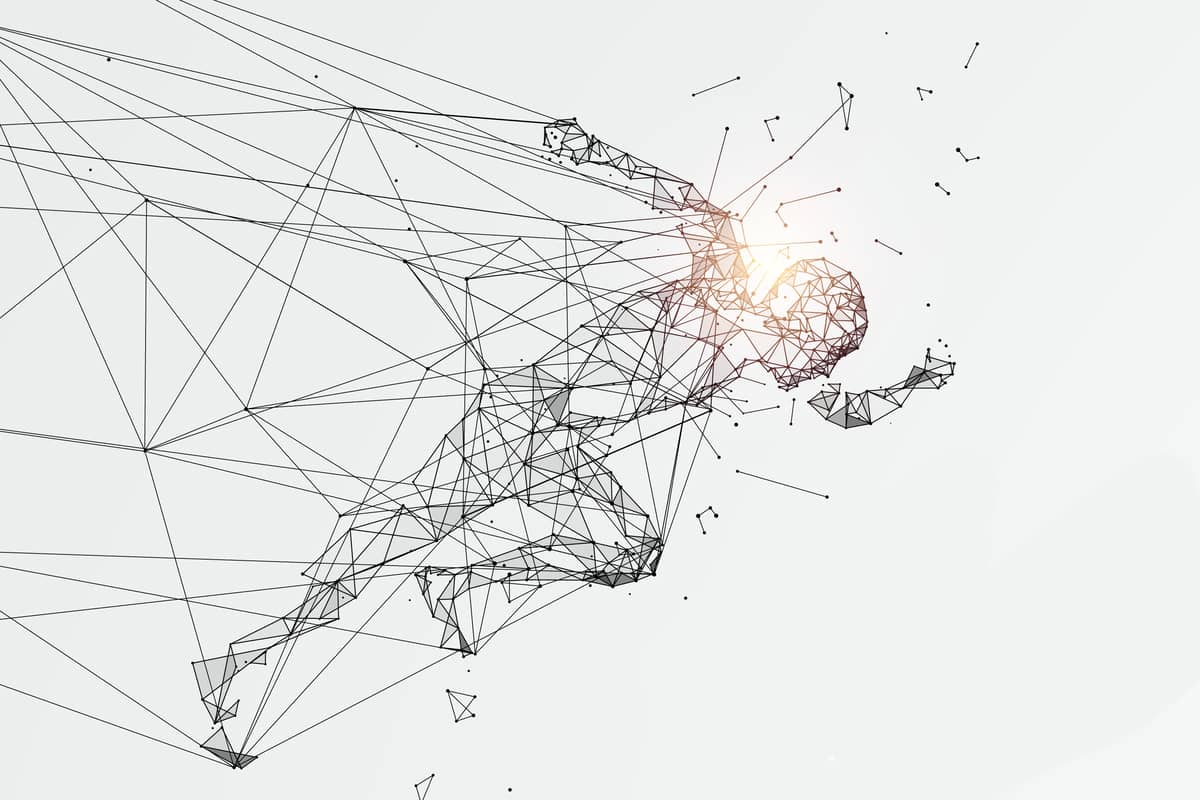Innovation in Sports Injuries
News flash: We as doctors are not as good as we need to be. Athletes want quicker and better recoveries from injury. We will do better. Here, in part, is how.

Injuries happen not only to athletes but to everyone who is active. Whether caused by a momentary lack of attention, complacency when in dangerous positions, or pushing the limits of what human performance can do, the body simply fails. The failure is most often a tear of the soft tissues, muscles, tendons, and cartilage that transmit the forces we apply to our bones. And sometimes even the bones themselves break. The healing—except in the case of the bones—never results in a return to absolutely normal anatomy. The collagen that makes up the tissues forms first as a scar and only later remodels to a close proximity of the original structure. The entire process, from tearing to healing, often takes a year.
What is frustrating about this picture is that we, as athletes, expect the process to be much, much faster. We look to our physicians and surgeons to speed it up. But while we have developed phenomenal tools for repairing injuries, our stimulants for accelerating healing remain in their infancy.
Still, we know what these stimulants are. The process of healing can be hastened with a broad spectrum of strategies. These include injections of stem cell-derived self-repair cells, growth factors, cytokines (which change the biochemistry of the healing tissue), chemotactic factors (which recruit additional healing factors), soft tissue massage (to stimulate the mechanoreceptors on the walls of cells), electricity, ultrasound, acupuncture, and lasers. Magnetic fields can orient and oscillate the cells, while exercise brings new blood flow, stretches the tissues, and improves the mental outlook. Optimized nutrition also plays a key role in the healing process.
All of these tools help—yet none of them works well enough. Yet.
Innovation in this space is most likely not going to come from the invention of a magic healing bullet, but more likely from the combination of the above tools into staged therapies. Why? Because the healing of tissues relies on the introduction of specific signals at specific times.
The healing process for collagen tissues after injury, for example, follows a sequence: immature collagen formation with small fibrils, followed by a maturation with a mixture of small and larger collagen fibrils. If this process is disrupted, a disorganized scar forms. If it’s guided properly, tissue regeneration can occur.
Each of the stimulation techniques above is helpful to induce regeneration—but some are much more helpful at specific times in the healing process. Learning exactly how to target those times is one step in today’s innovation process.
Additionally, we are developing the tools to manipulate protein production genetically. In the same way we use mRNA vaccines to produce spike proteins and help the body recognize viral particles, we expect to use genetic stimulants to induce muscle, cartilage, and ligament-specific proteins for tissue repair.
So the next time you get injured, your injury and healing patterns may be analyzed by more than just the usual physical exam, X-ray, and MRI. You may get chemically, biologically, and genetically quantified, then treated chronologically with an array of therapies designed to help you become fitter, faster, and stronger than you were before your injury.
